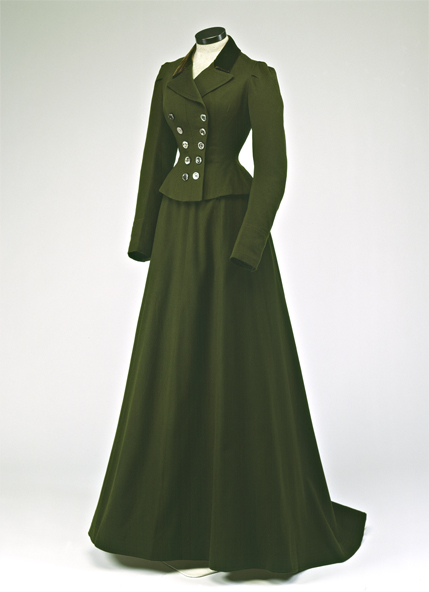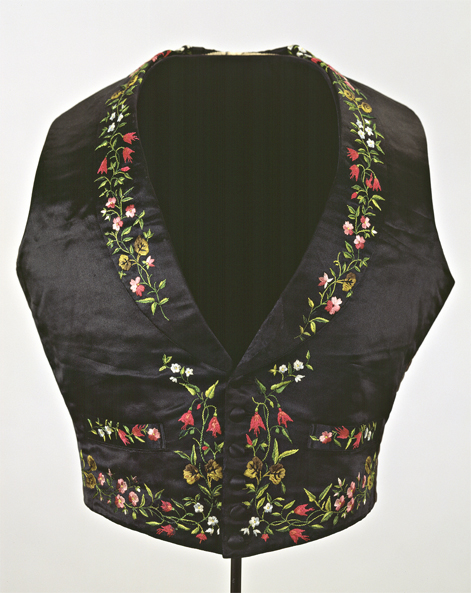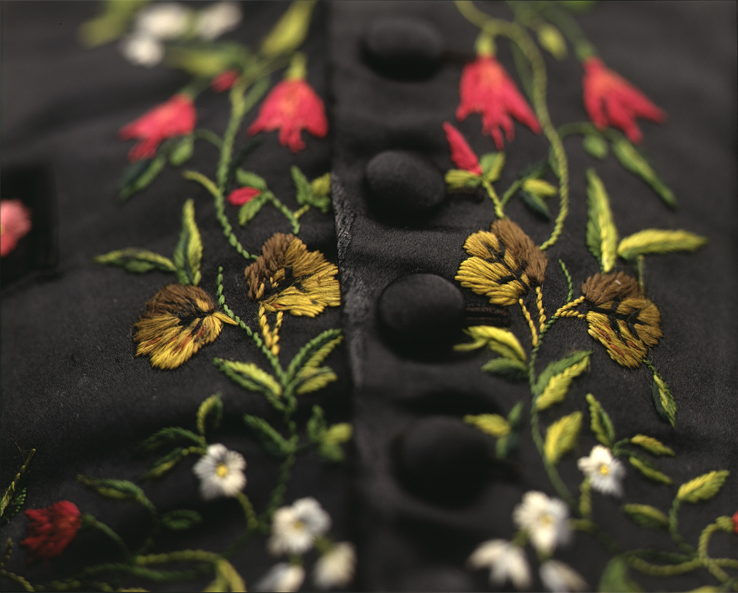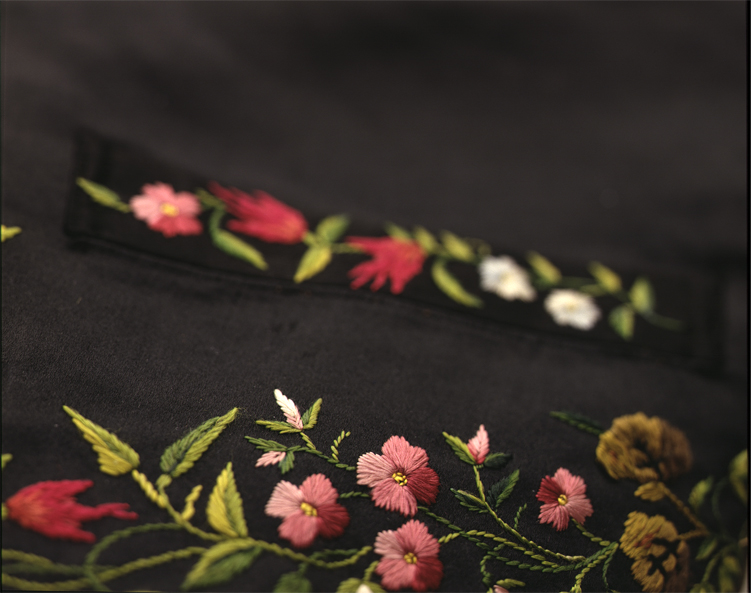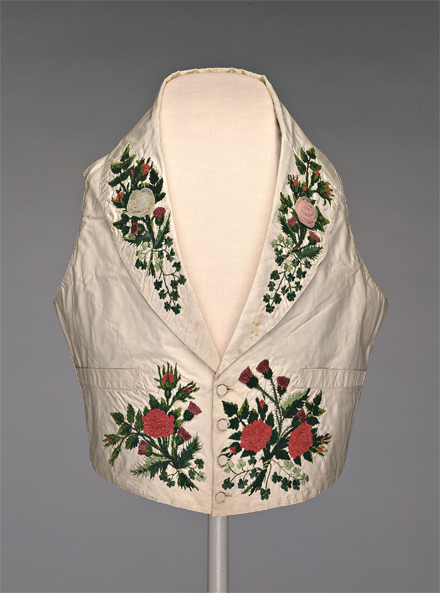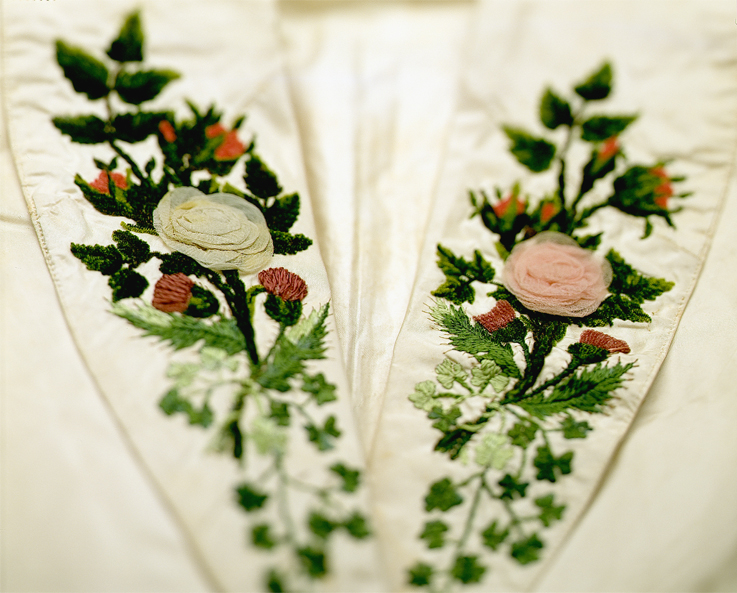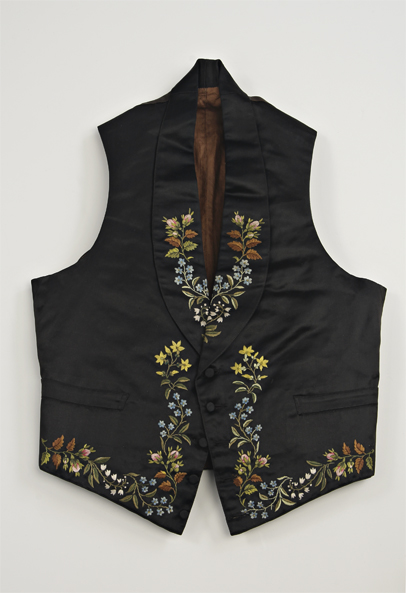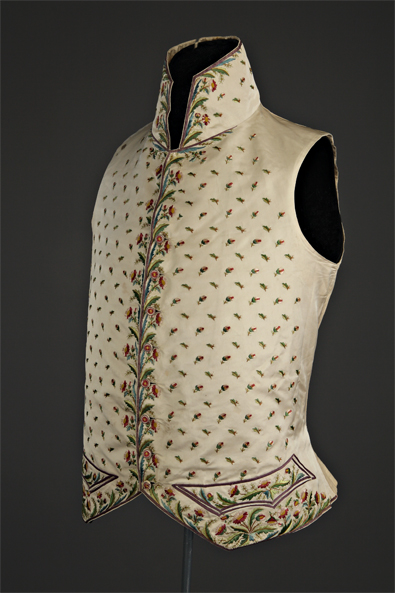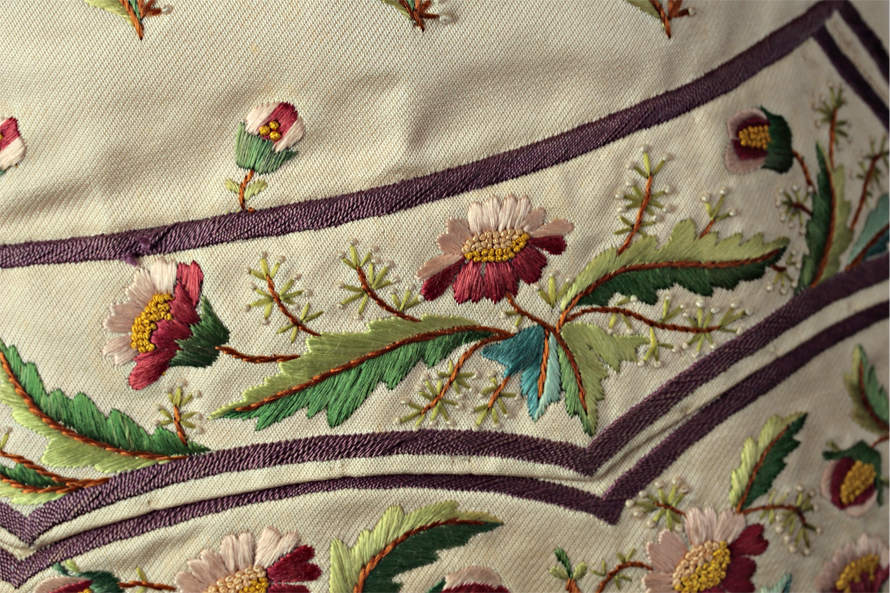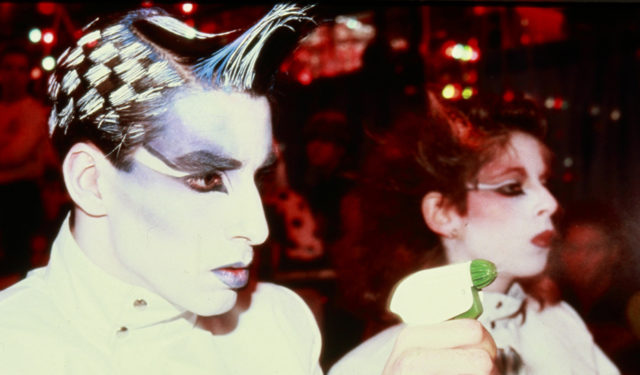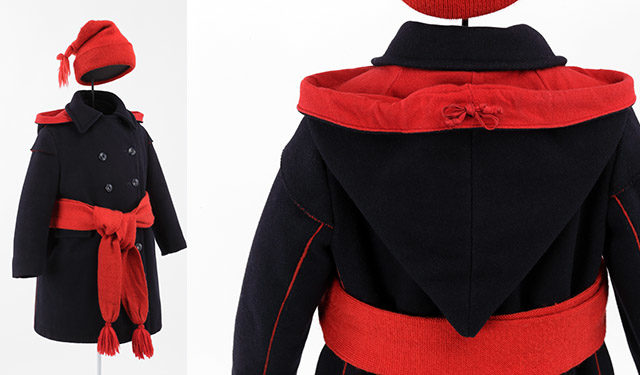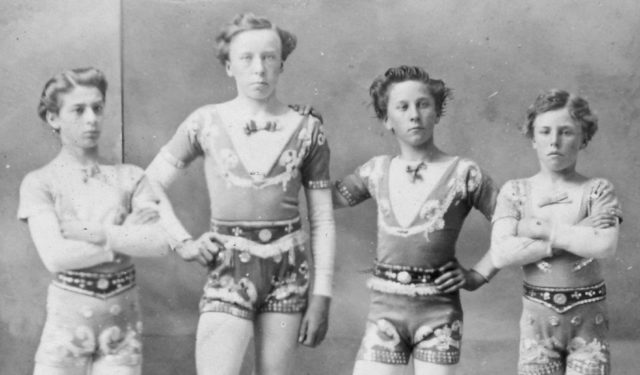Clothing has no gender
Deconstruct established norms through the adaptation of clothing fluid notions of gender.
April 1, 2021
Ever since I shaved my head last summer, my definition of femininity has become more fluid. I have started wondering how my appearance influences my ideas of femininity and masculinity, and it would appear that I am not alone.
Many male celebrities have traded in pants for crinolines and skirts to challenge the static notion of gender. Think of Harry Styles in his Gucci dress or Billy Porter wearing a Christian Siriano evening gown. These artists are helping us realize that it is increasingly important to understand why an article of clothing tends to be more closely associated with one gender than another and why these associations are less and less valid today.
What is gender?
Firstly, sex and gender are defined differently. According to the Government of Canada’s Gender and Sexual Diversity Glossary, gender is influenced by factors like personal expression and socially and culturally constructed roles. Gender is not binary, nor is it a constant across time and cultures. For example, it can apply to women, men, non-binary persons, the Hijras of the Indian subcontinent, two-spirit Indigenous people, the Māhū of some Polynesian cultures, etc.
If everybody can wear pants, why not skirts as well?
In the fall of 2020, some boys at several Quebec high schools decided to wear skirts instead of pants. Their aim was to denounce the hypersexualization of girls and the imposition of school dress codes. Their efforts received wide media coverage.
In 2008, the McCord Stewart Museum’s exhibition Reveal or Conceal examined the relationship between clothing and women’s bodies, the sexualization of children’s fashion and the preoccupation with body image. Many years later, these themes are still relevant.
In an interview with Vogue magazine, Billy Porter shared his thoughts about the stigma facing men who decide to wear skirts: What is masculinity? What does that mean? Women show up every day in pants, but the minute a man wears a dress, the seas part.
Fluid dress codes
In the late 19th century, women’s clothing slowly started to incorporate elements of the masculine wardrobe. Displayed in the 2003 exhibition Clothes Make the Man, this woman’s suit borrows several details from men’s clothing, like the fabric and tailoring. The woman’s suit was a symbol of independence for many women entering the workplace for the first time.
Around the mid-19th century, elaborate embroidery on formal waistcoats allowed men to stand out. Often decorated with brightly coloured floral motifs, waistcoats contrasted sharply with the other garments in the male wardrobe like coats, pants, and jackets, which remained understated.
Clothing does not define gender
For many years, it was thought inappropriate for women to wear pants, but attitudes changed. Could this same shift now be happening with regard to men who wear skirts? Regardless of cut, embroidery, colour or any other feature, clothing does not determine one’s gender identity. As artist and designer Alok Vaid-Menon so eloquently said at a 2019 Business of Fashion talk, “Gender neutrality is not the death of fashion, it is the renaissance of fashion.”

